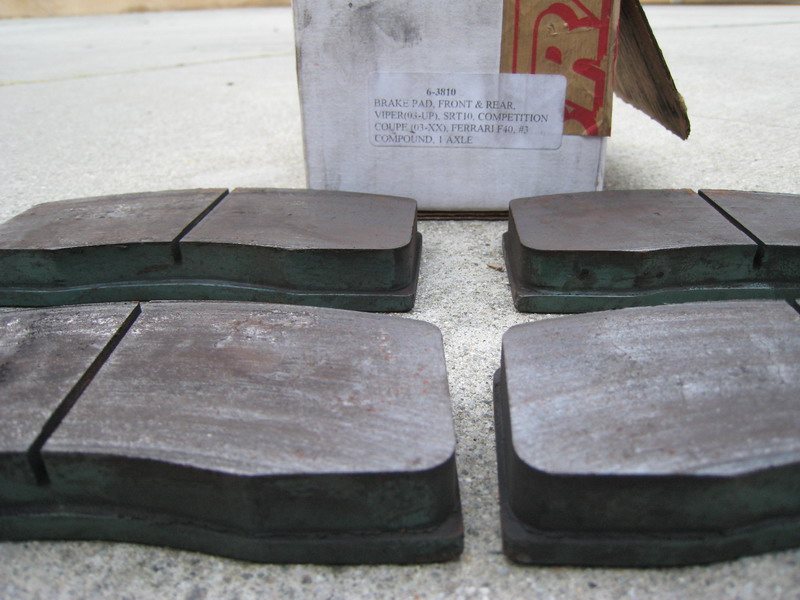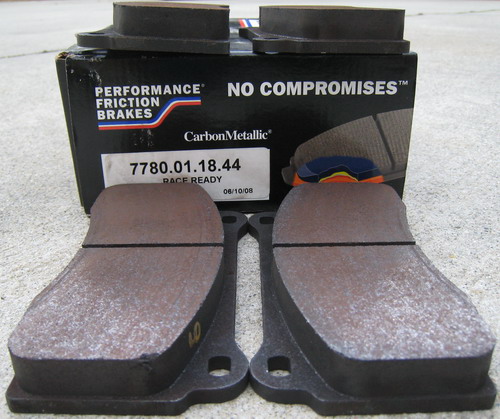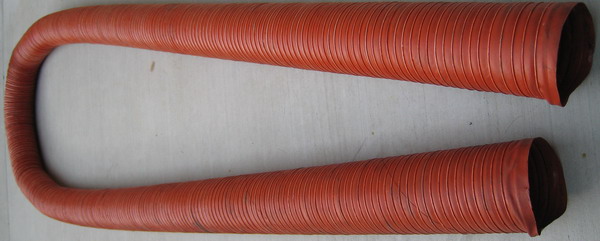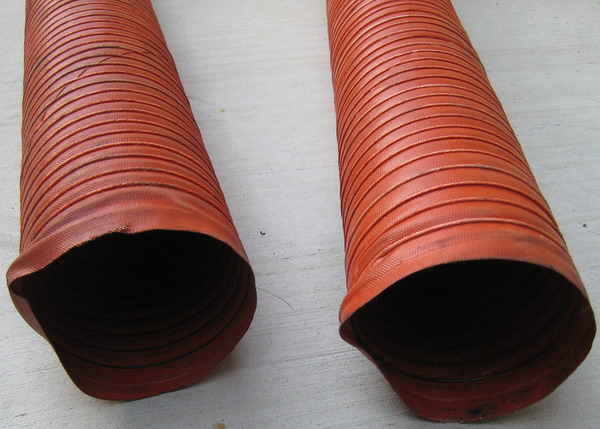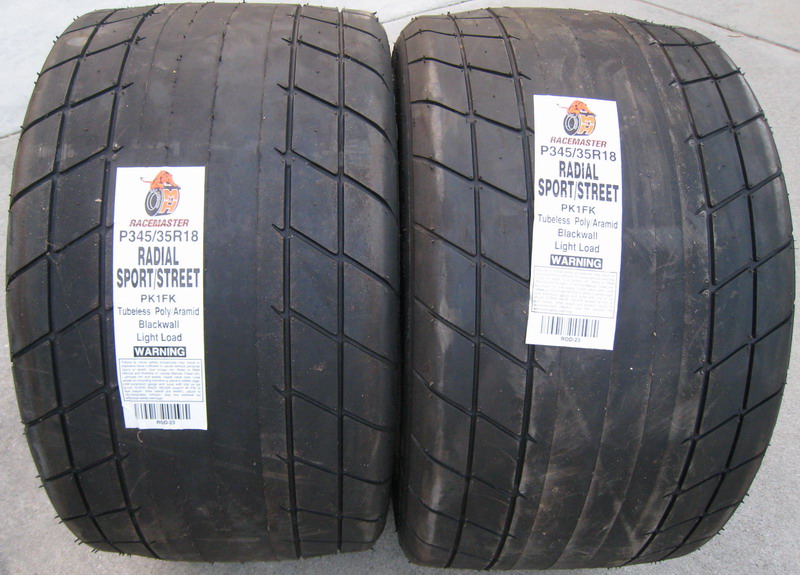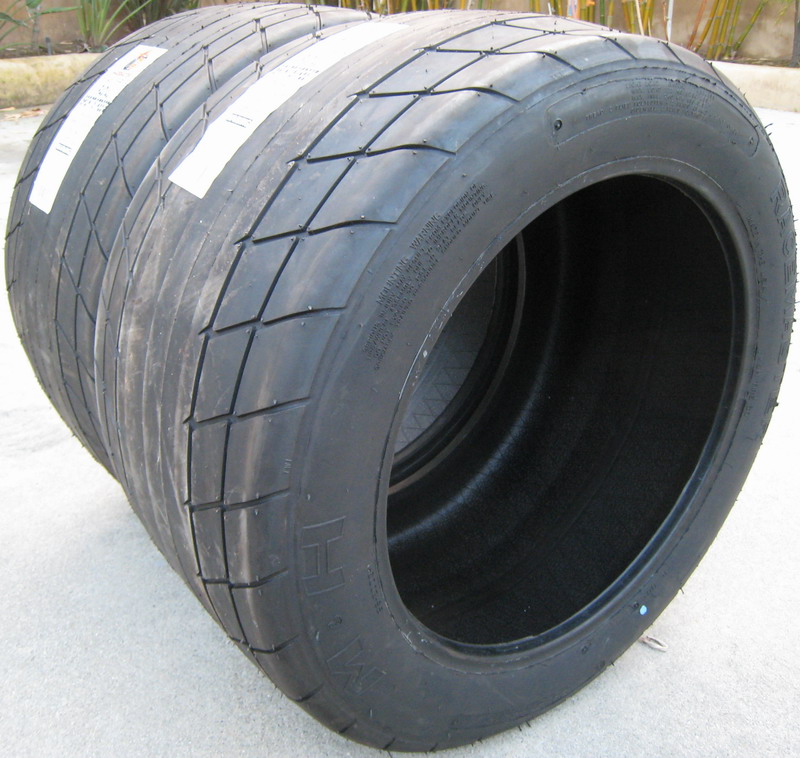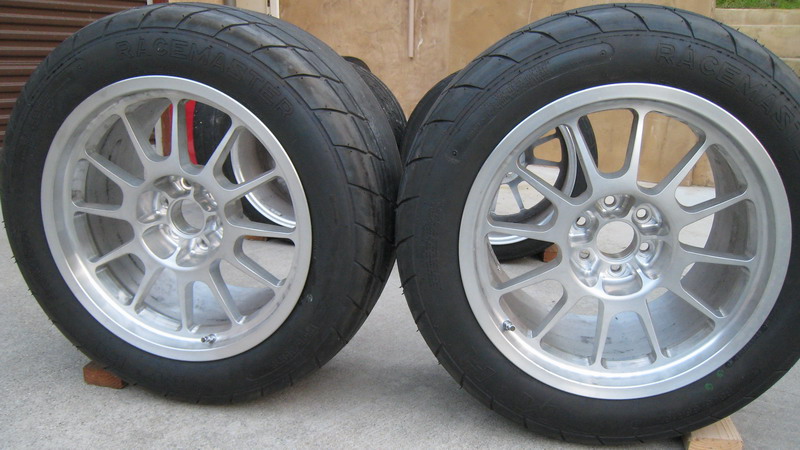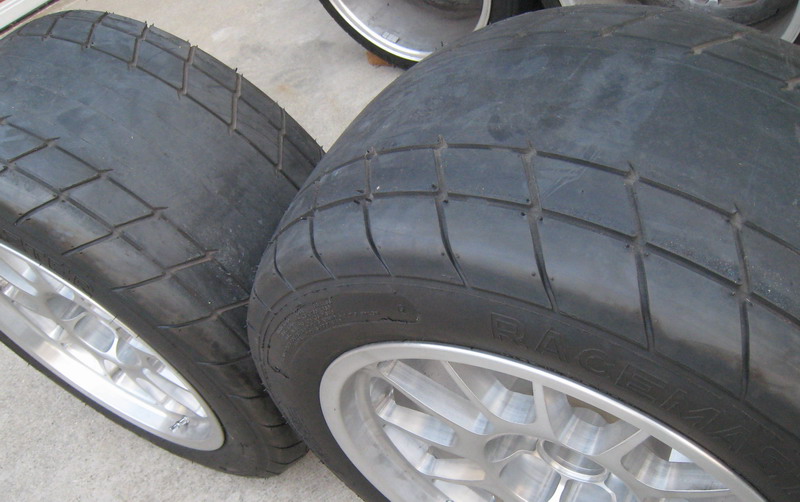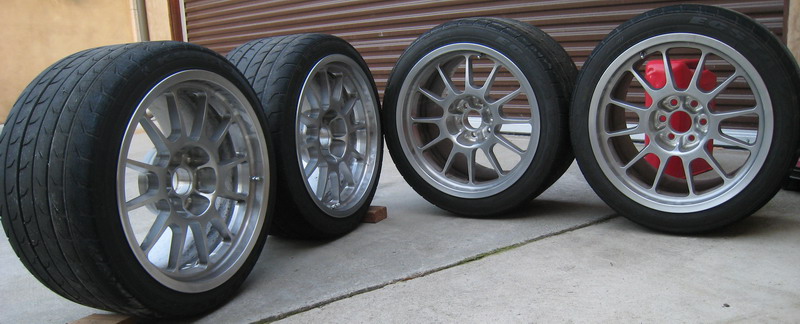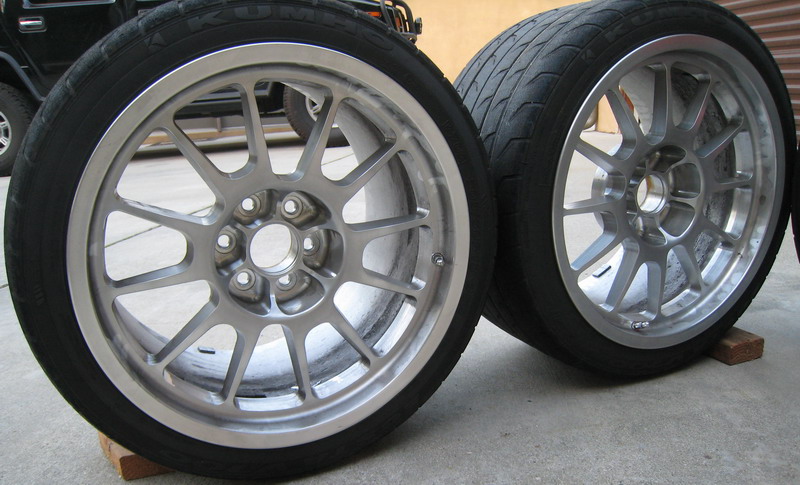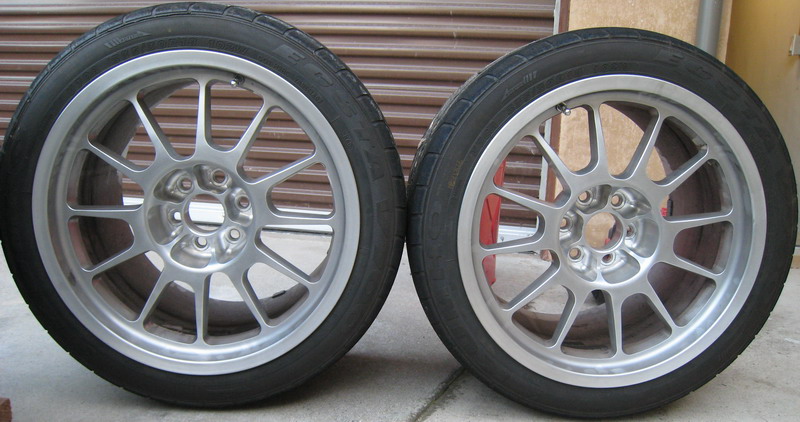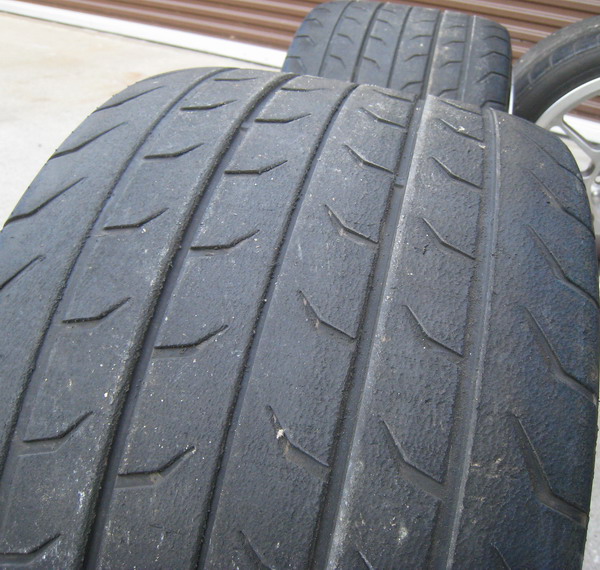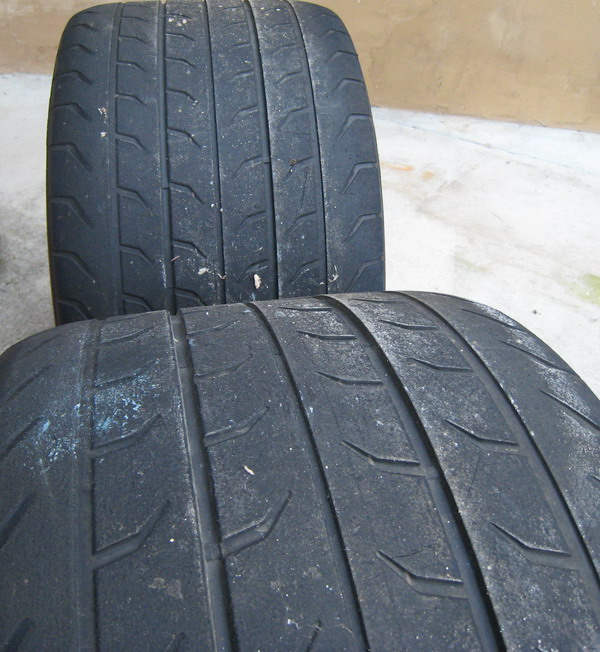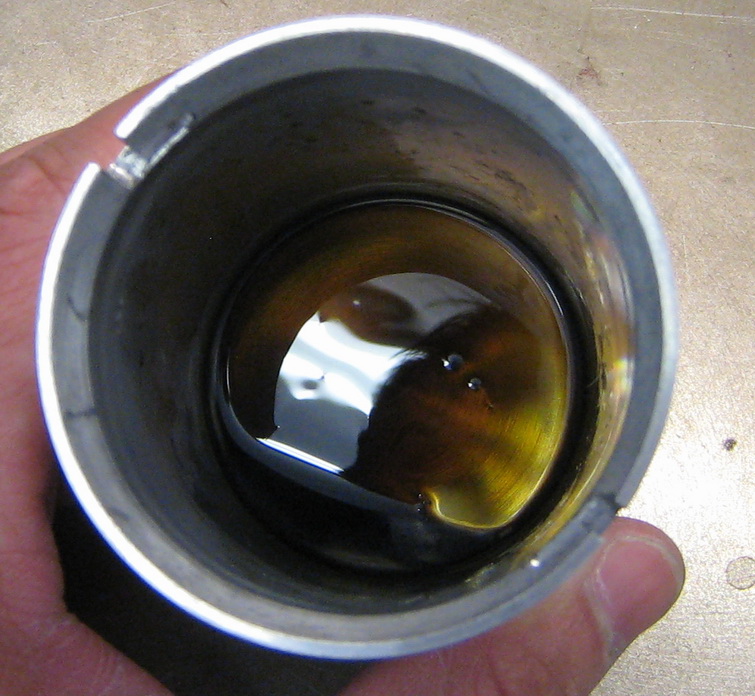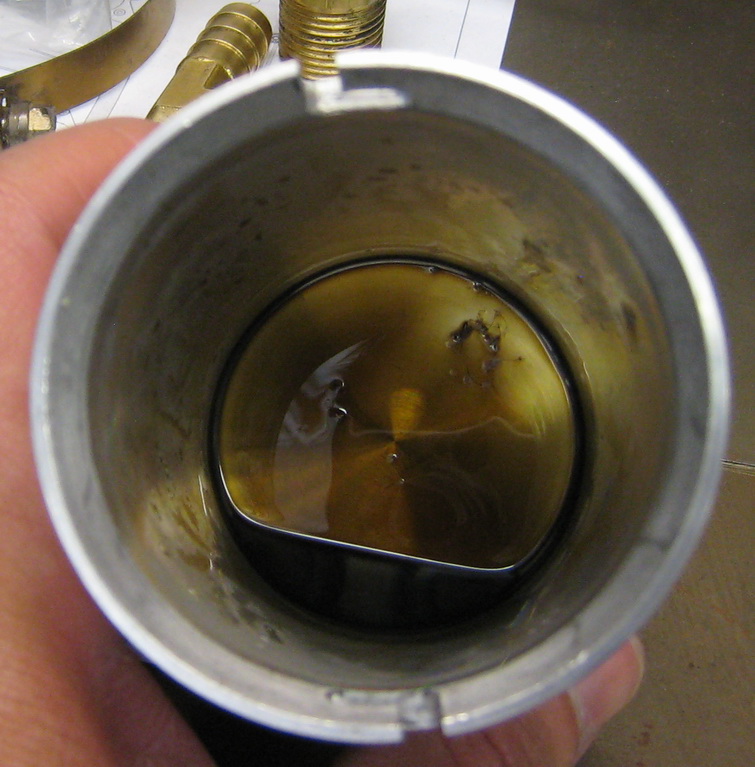SOLD SOLD SOLD!!!
This is a DC Performance lightweight flywheel. It is made of chromoly and so it balances lighter weight than the stock flywheel and more durability than an aluminium flywheel.
Weight is 20 lbs. About 10 lbs lighter than factory flywheel.
Used for a few months then had it resurfaced so the face is like new.
Fits Gen 3 Viper.
$250
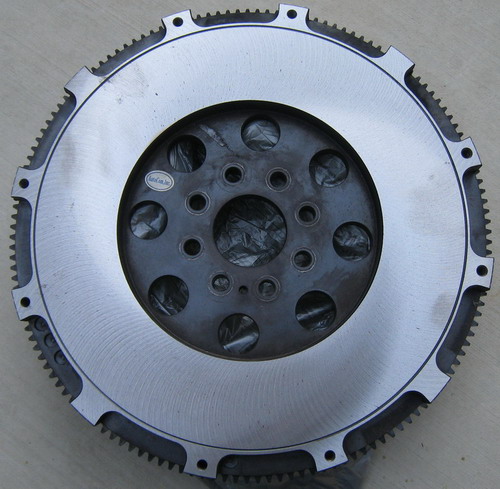
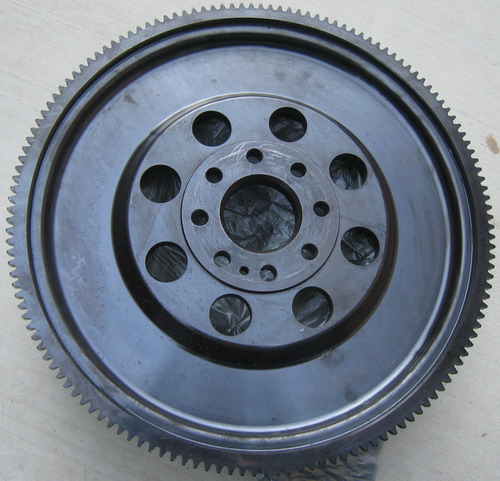
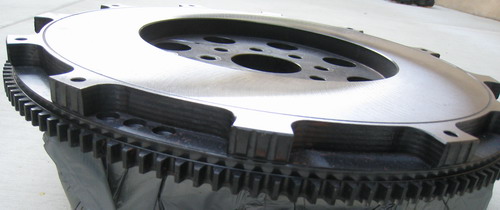
This is a DC Performance lightweight flywheel. It is made of chromoly and so it balances lighter weight than the stock flywheel and more durability than an aluminium flywheel.
Weight is 20 lbs. About 10 lbs lighter than factory flywheel.
Used for a few months then had it resurfaced so the face is like new.
Fits Gen 3 Viper.
$250




